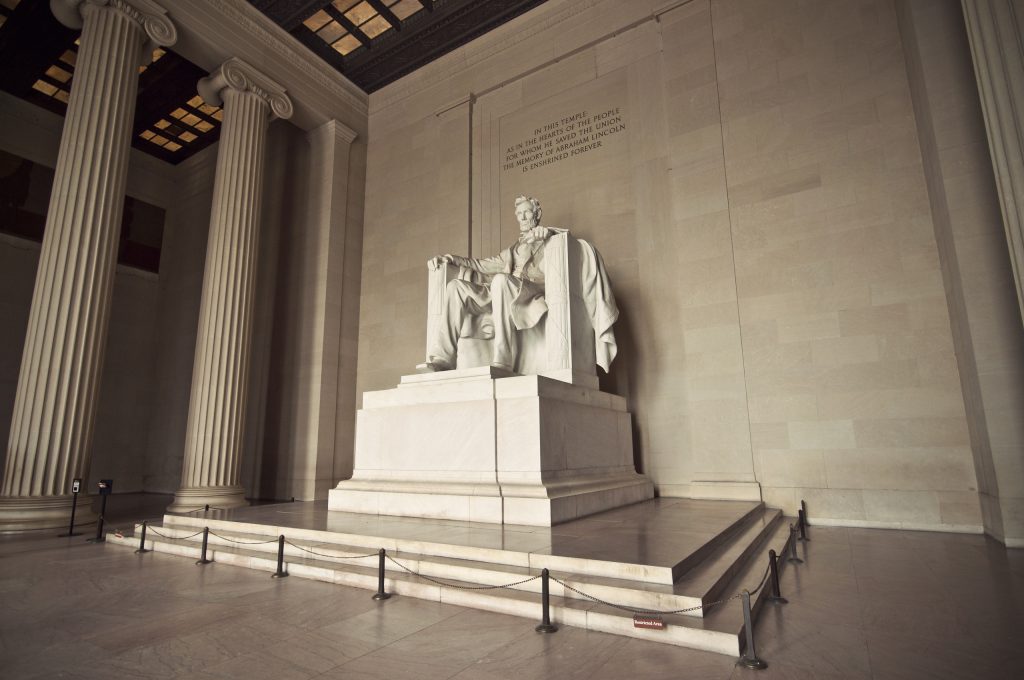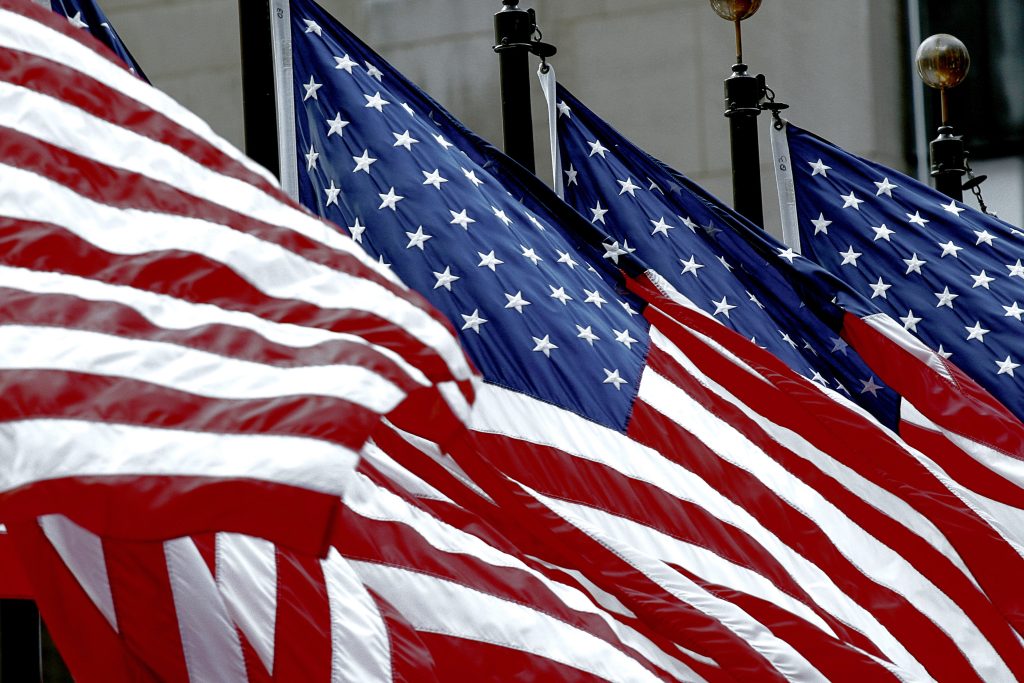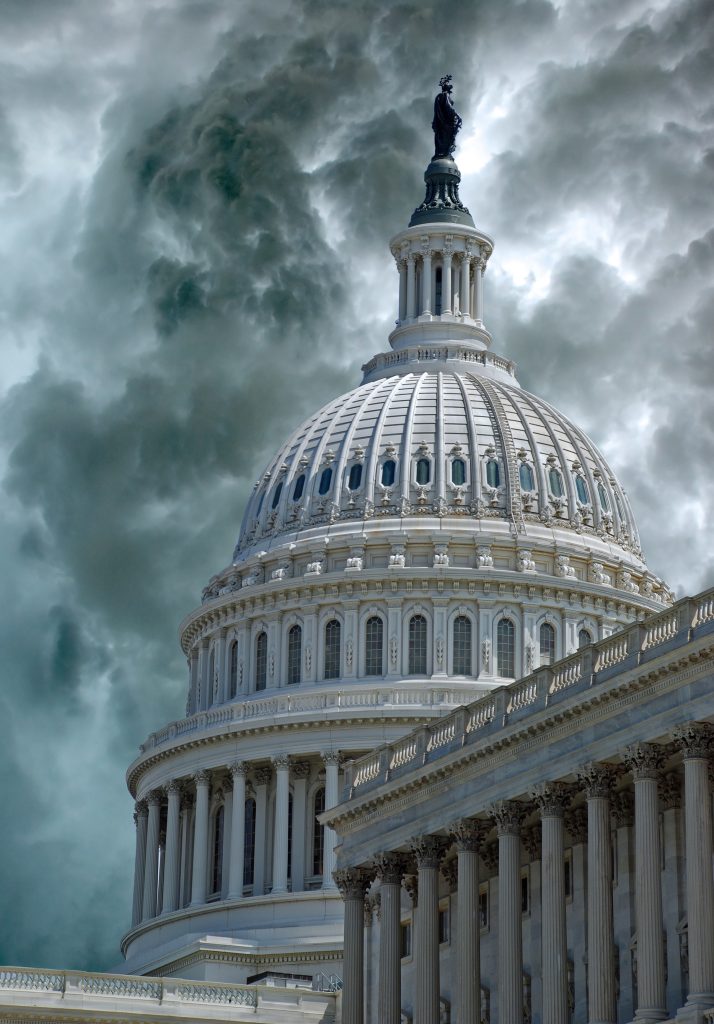The real decision-making process is fundamentally based on the President´s Obama staff, i.e. a small inner circle of advisors who forged their relationships with him during his 2008 campaign. It is essentially the President Obama himself who decides, after consulting some aspects within this inner circle of advisors. It is principally the Chief of Staff McDonough one of his spin doctors and bolsterers), the most trustful to the President. Then comes S. Rice, the National Security Advisor. Those, along with the rest of the inner circle, constitute the “in-group”, the President’s loyalists enjoying the privileged access to him. The rest of the intuitional advisors constitute the “out-group”, which, even though can (depending on the person) have access to the President, don’t have such influence on him, as their views on the matter are systematically rejected, the distinction being made between the staff, willing to defend him personally and flatter his image, and the advisors, targeting the national interest. This echoes a typical characteristic of the Obama administration, suffering from Vertical Dyade Linkage (Danserau), as the leader develops different relationships with each structure. Furthermore, most characteristics of the present case tend to show that a formal structure regulates the hierarchical relationships.
In fact, the decision making process is closed essentially to the President's loyalists, with result a lack of brainstorming outside the in-group. Even if different options are on the table, they are not considered and even if the objectives fail to be reached, the strategies are not reassessed. As well, Obama doesn't have, in his inner circle of advisors, someone who could play the role of the devil's advocate.

The decision-making process is marked by strong divisions and tensions between civilian and military spheres, which can be notably illustrated by the divergences between the Department of Defense and the White House. The main reason of such tensions is that the decision-making process is biased in the sense that the President lacks trust in other institutional advisors such as the Secretary of Defense or the Secretary of State. This results in the lack of consultations, essentially with the Pentagon. Despite the fact that the Department of Defense shares another view on the strategy necessary to fight ISIS, it is not taken into consideration, even after a significant period of time marked by unreached objectives of Obama´s policy. As a result, bureaucratic divisions, materialized in dysfunctions, were a key element hindering the construction of a clear cut strategy on the long term.
However, a positive factor is the fact that despite different views on the strategy in place, Kerry, Hagel or Dempsey publicly tried to demonstrate their support for the Obama´s strategy. Indeed, there were also some examples of good cooperation as it was the case between Kerry and Obama in the effort to constitute an international coalition against ISIS.

The public opinion has always played a key role toward Obama’s presidency. In the present case, the videos of the beheadings of American journalists have had a massive impact on the public opinion in America, as a kind of “CNN effect” has followed. This has had a significant role on the construction of the strategy which, also in its further adaptations, will always follow the polls as shows the refusal of sending troops on the ground (the percentage of people wanting airstrikes was actually the same of those against sending ground troops). This gives credit to the pluralist model.
The Congress, far from being a factor itself, Obama tends to use it for his own political games. Asking for its approval when he actually doesn’t want to intervene (knowing he won’t get it), and refusing it when he wants to act, under the claim of AUMF or the War Powers Act.

Right into Rystadt’s misperception theory, Obama’s attitude once again proves that the president has the dangerous tendency to distort the reality, in order to adapt it to his perceptual predisposition, biasing thereby the whole decision-making process. Indeed, he first described ISIS as a JV team (Junior Varsity team) in the medias, underestimating the threat, continuing to push his agenda in order to comfort own vision of the world through which “the tide of war is receding”. Protecting his core beliefs, he was opposed to the sending of troops on the ground for combat missions, ignoring the experts’ advices by permanent “consistency reducing techniques”, through a process of selective interpretation enabling him to stay in Lambro’s fantasy circle where his wishful thinking seems all so real.
Furthermore, with a High cognitive complexity, he also proves Herman right as the concerned case is an illustration of his difficulties to take a decision by himself urgently, never getting enough information, and it gives him the award of the Duroselle’s “Cautious” decision maker.
The idiosyncratic analysis of such situation emphasizes notably his ego, which plays an important role when a decision-maker is that much cut-off from reality and this strongly tends to indicate that polls stating a regression in his popularity might have been notable variables into the way he “handled” the crisis. We can also notice that stress-related reactions might be pointed out here. Starting with a denial, moving to aggression (the Horsesh*t moment brought to light an obvious additional strong lack of emotional intelligence), to finally get to the point of decision-making process paralysis acknowledging by itself his decision-making incapability. In that optic, one could also argue that following Herman’s theory on leader evaluation and assessment, the man appears as self-confident (using words as “I”, “me”, “as a commander in chief...”, “my priority”, trying to ) when announcing favorable and positive measures, whereas for negative announcement or when he intends to rise up the group identity, he plays the team player card (“we don’t have a strategy”, “we will not be dragged into another war”).
But such attitude needs to be understood through the eyes of Obama himself. As a nation-building defender, his rhetoric toward this crisis makes him face the Butter and Gun Dilemma as his short term interests are contradictory to the long term aspirations. Indeed, he is “the man who ends war” and he intends to stay so. Behind the argument of the public’s war weariness, lays his own disinclination to project US power. This is to be linked to his obsessional will to distinguish himself from his predecessor G.W. Bush who liked to see himself as “the decider”, making him end up taking no decision at all. And even though he made simple analogies with Yemen and Afghanistan during the decision-making process, this might as a whole, look more like an entire reversed analogy from the Bush Model, by antagonism to which, he wrote his own identity definition.
Obama´s decision-making is also often reactionary to the events in the case of ISIS. A certain lack of decisiveness has also for result a lack of clarity on the strategic objectives. The firmness in the rhetoric often does not match with the concrete actions and the established goals are unrealistic with the strategy in place. He is centralizing the decision-making within a very small group of advisors and is often involved personally. His style is also characterized by the will to control and manage all the details which can be illustrated by his micro-management approach. He is not receptive to the opinions of the others a part some of the loyalists. Finally, the President Obama has a coherent system of thought dominated by the principle of non-involvement of US ground troops for combat missions which results in a some kind of inflexibility. He can be described also as opportunistic as he is using the legal justification for military actions (based on the Congress´s approval or not) according to his own political agenda.
According to the Barber´s typology, Obama in the case of the fight against ISIS can be described as negative-active or negative-passive President. Negative because of his non-enthusiasm about his obligation to deal with ISIS which is forcing him to go against his vision of "President ending the wars". Active because of his will to manage all the details, even those of the operational nature of the conflict and passive because of his rather reactionary approach to the dangers posed by ISIS instead of taking pro-active measures to face the threat.

The context of the crisis is threatening not only for the US, but also for its reputation and prestige as a “global power”. Also, the rise of ISIS represents an even greater threat to its allies in the region which the US has to ensure a credible support to.
However, even though this issue is written in the context of the global “war on terrorism”, one must not forget that this priority remains one among others in a complex international context in which the US is active, dealing with different important dossiers such as Ukraine or the US Pivot to Asia Policy.
At last, Obama’s will to constitute an international coalition to fight ISIS, is based on the fact that what is important to Obama is first the nation-building at home. Therefore, burden-sharing is an inevitable element of Obama’s strategy. Furthermore, we must note that having support from Arab states and privileging indigenous fighters comforts his belief that “we cannot do for Iraqis what they must do for themselves nor can we take the place of Arab partners in securing their region”.
Votre panier est vide.